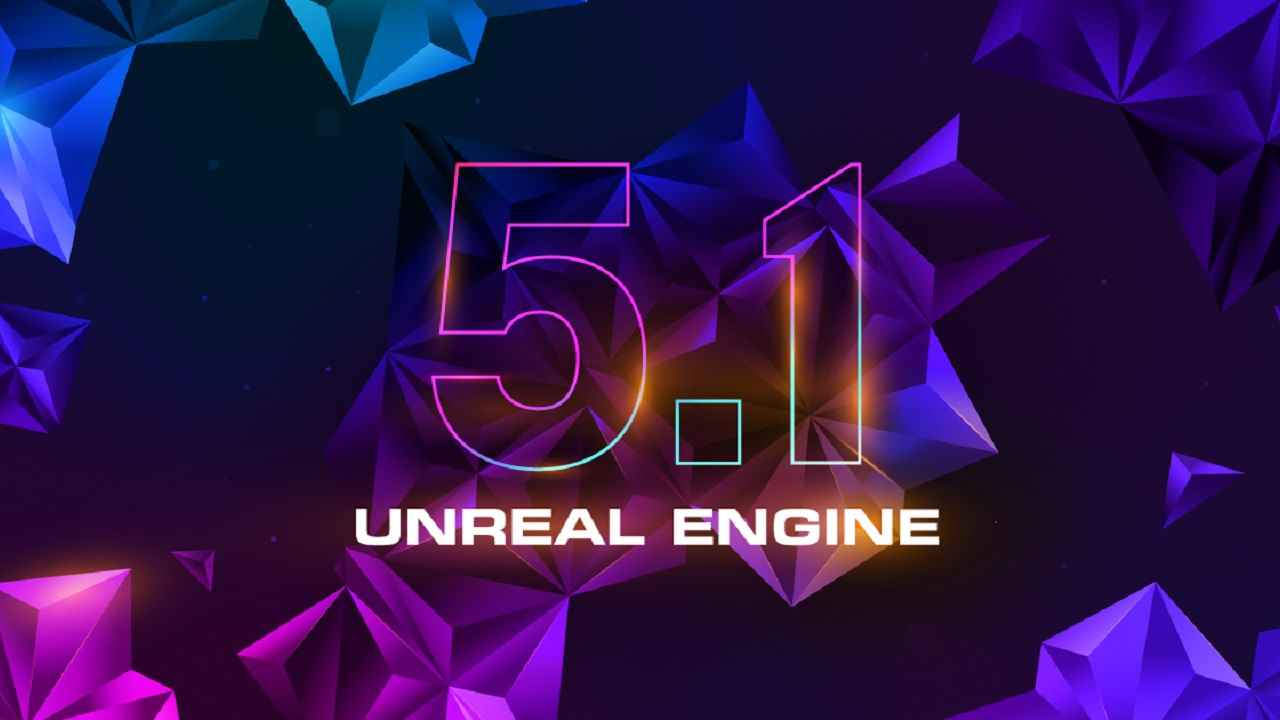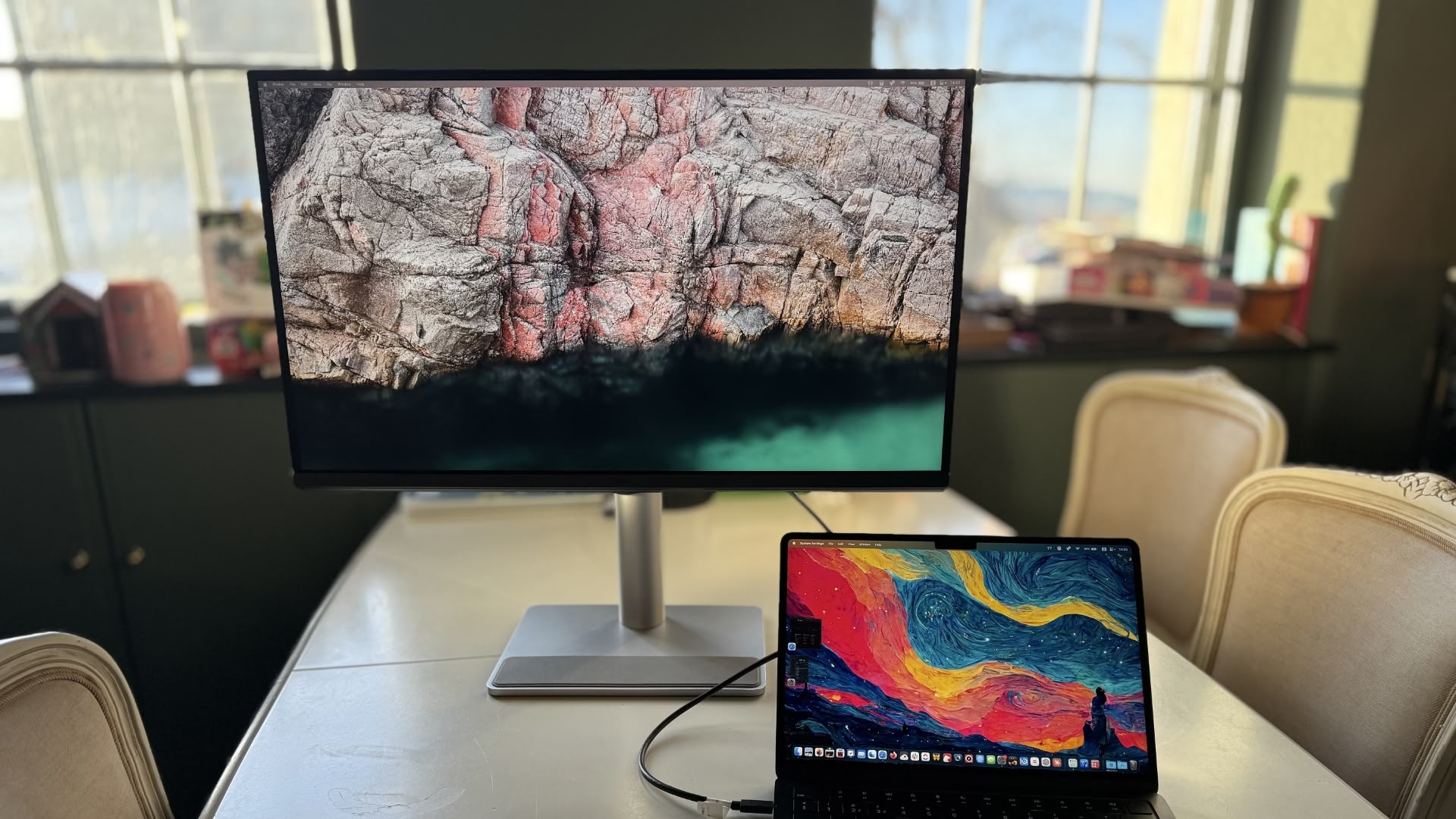Unreal Engine 51 launched with new features and updates

We’ve all seen the impressive Unreal 5 engine in action and with the 5.1 update, Epic Games have added a bunch of new features for developers to tinker around with. Improvements to the Nanite and Lumen systems, as well as updated Virtual Shadow Maps will give developers new tools to enable fast-paced competition and detailed simulations without latency. Nanite has also added a Programmable Rasterizer to allow for material-driven animations and deformations via World Position Offset, as well as opacity masks.
For developers building massive open worlds, this release also delivers additional functionality and improved workflows. World Partition now supports Large World Coordinates, enabling
the creation of massive open worlds without loss of precision. Users can also enjoy accelerated source control workflows with World Partition, thanks to an improved user experience
around managing, filtering, searching, and viewing files and change lists. New HLOD (Hierarchical Level of Detail) support for water rendering and streaming enables users to
create large water bodies in open worlds with better performance and a smaller memory Footprint.
New Unreal 5.1 features and updates
Unreal Engine is also adding new features to its film and TV tools as well. LED stage operators can now take advantage of a new dedicated In-Camera VFX (ICVFX) Editor that supports a range of virtual production workflows. This largely eliminates the need for stage operators to hunt through the Outliner for specific objects and controls. UE 5.1 also adds UI, UX, and performance improvements for the Remote Control APIs, enabling users to construct powerful custom browser-based remote controls more quickly and easily. The ICVFX Editor also hosts an interface to an improved Light Card system that displays as a preview of the nDisplay wall. As well as making it intuitive and efficient to create, move, and edit light cards and save templates, the new light cards can retain their shape on the wall, eliminating distortion.
Lumen, Unreal Engine’s fully dynamic global illumination and reflections system, now offers initial support for nDisplay in 5.1, provided the number of lights is modest (about 5-7 lights
total, depending on the graphics card). With Lumen, indirect lighting adapts on the fly with changes to the sun’s angle, lights, or position bounce cards, for example. Previously, these changes would have required a baking step that could pause production, interrupting the creative flow.
UE 5.1 also adds improvements to GPU Lightmass, including support for Sky Atmosphere, stationary Sky Lights, light features such as IES profiles and Rect Light textures, and improved quality and performance across the board.
In terms of animation, Unreal Engine 5.1 offers several notable advancements to the engine’s built-in animation and rigging tools, as well as Sequencer. Control Rig continues to expand toward fully procedural rigging, increasing the impact and scalability of rigging teams. Updates to the core framework include a new Construction Event that lets users generate rig hierarchies via a graph and Custom User Events for creating and triggering rig events such as “Snap FK to IK.”
For more technology news, product reviews, sci-tech features and updates, keep reading Digit.in or head to our Google News page.







